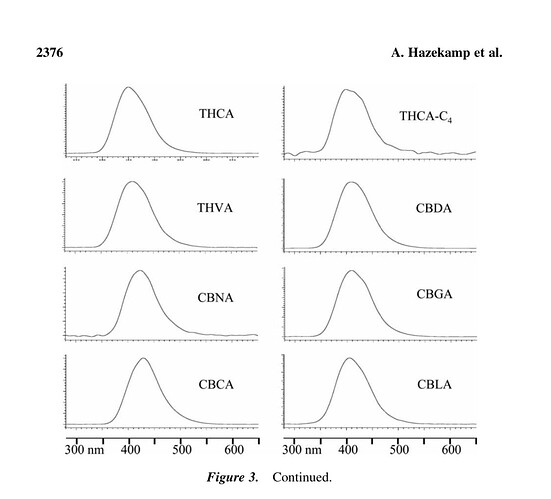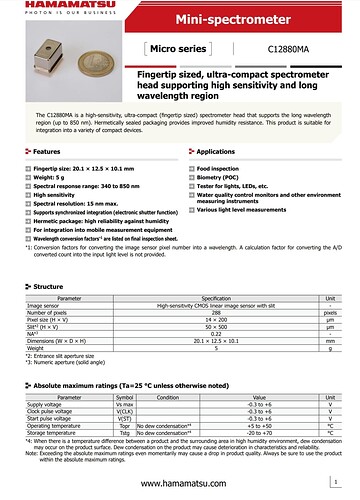All I can say to this is they went around telling everyone our sensor was a lie and their unit was what people needed to buy and that we were lying to everyone about what ours could do and that their unit could see everything without limit:
We only sold a couple sensors because of smelliot and I know they sold quite a few units. ![]()
Yes our system is based on the absorbance and transmittance of white light, which is exactly how we observe far away planets and galaxies to determine what they are made of and what kind of atmosphere they have. Just about every atom (except about 18) have a unique absorbance or transmittance spectra.
They are quite different and can be picked out of a mixture. We get quite a large amount of data even with a water clear solvent stream as no two solvents are exactly identical to one another.
Edit: our patent was filed 6 months before theirs was rushed to deployment as well.
Some other edits:
Yeah… After you heard about our unit.
ROFLMAO
I took one apart… It’s a uv wideband led he refuses to accept is in it along with a (diffraction grating and low quality camera in a box).
The sensor is from hammatsu but that’s about it. The source led is the wrong wavelength to ionize cannabinoids in order to get them to emit light. You need UVC not UVA. Much shorter and way more energetic. To top it off the visible light that comes off when you do hit it with the right wavelength is still not visible with this sensor. ![]()
Are we though? Again it’s how we observe far away planets and galaxies to find out what they’re made of is using white light and colorometry. ![]()
Kinda sounds a lot like slander no?
So how about it? Seems what this post is all about to begin with no? Gonna hold true to your word or just say every sensor that was created was broken?
The acids might show up with a detection range of 340nm to 850nm.
But neutrals (distilled d9) comes off outside the range of detection around 310nm to 325nm. So how can the sensor possibly be used to detect neutral cannabinoids if they can’t even be seen within its detectable limited range?
Also this requires a stronger source light than the 365 nanometer source light that comes with the product.
It is impossible for a 365 nm light to ionize the molecule because does not provide enough energy to ionize the molecule to create light as it’s wavelength is longer than the emitted light.
Not to mention the low resolution camera the detector uses only has a 288 pixel cmos sensor.
The pigment tracker comes in at 1280 pixel cmos detector, which is much higher resolution and at a fraction of the cost (because it’s not a self-contained unit).
So that means the detector only has 288 points of input to detect a range of 510 different wavelengths.
![]()
![]()
![]()
![]()
![]()
![]()


